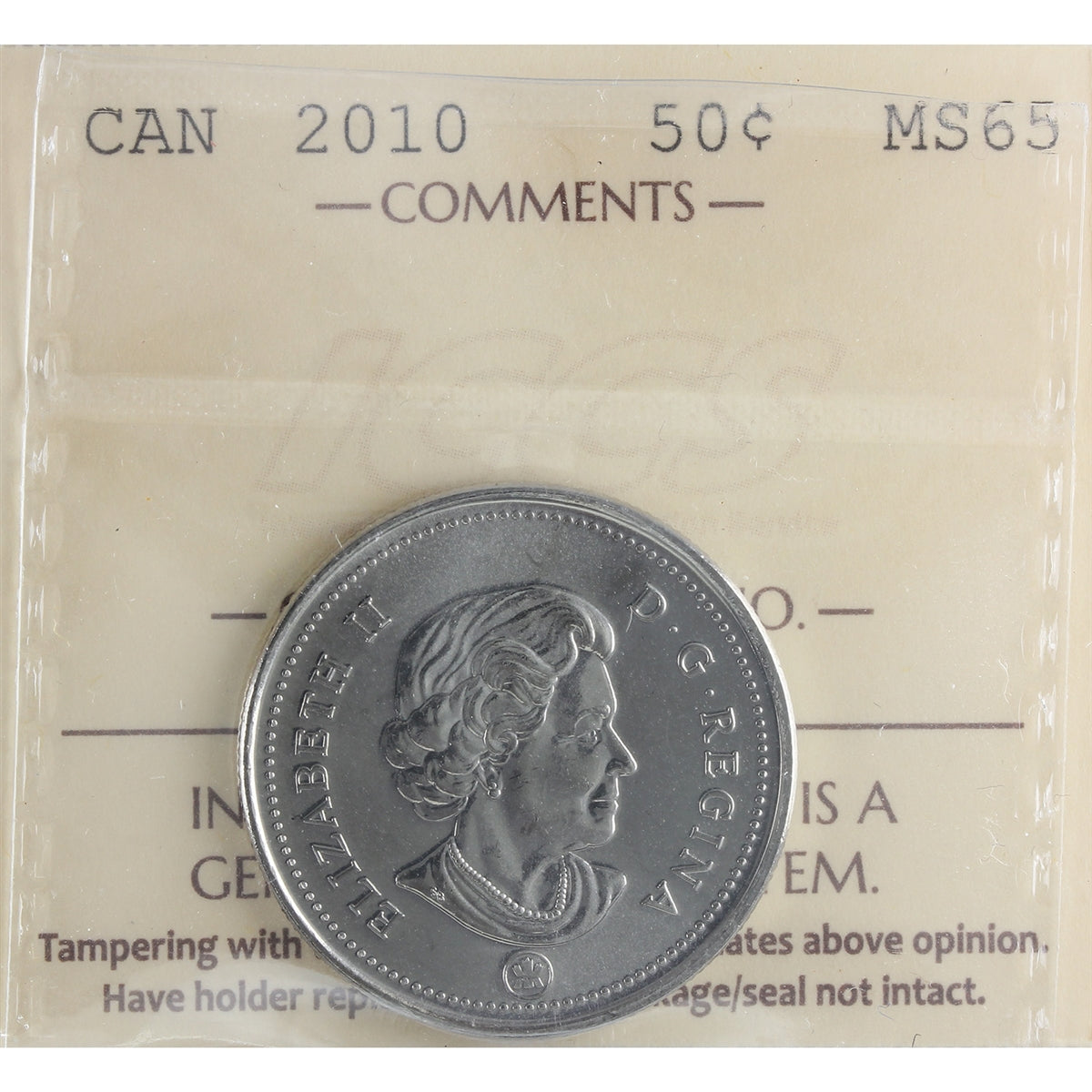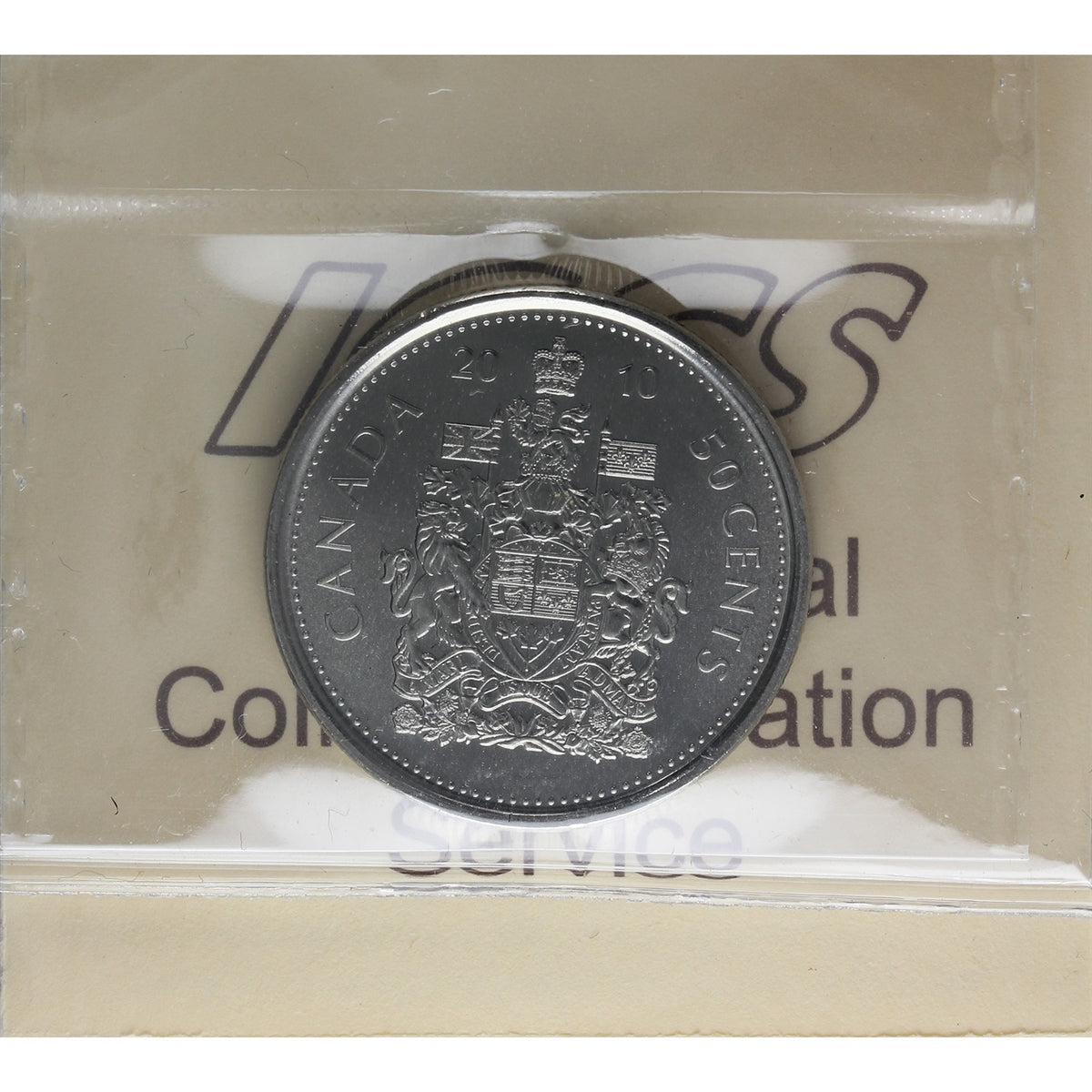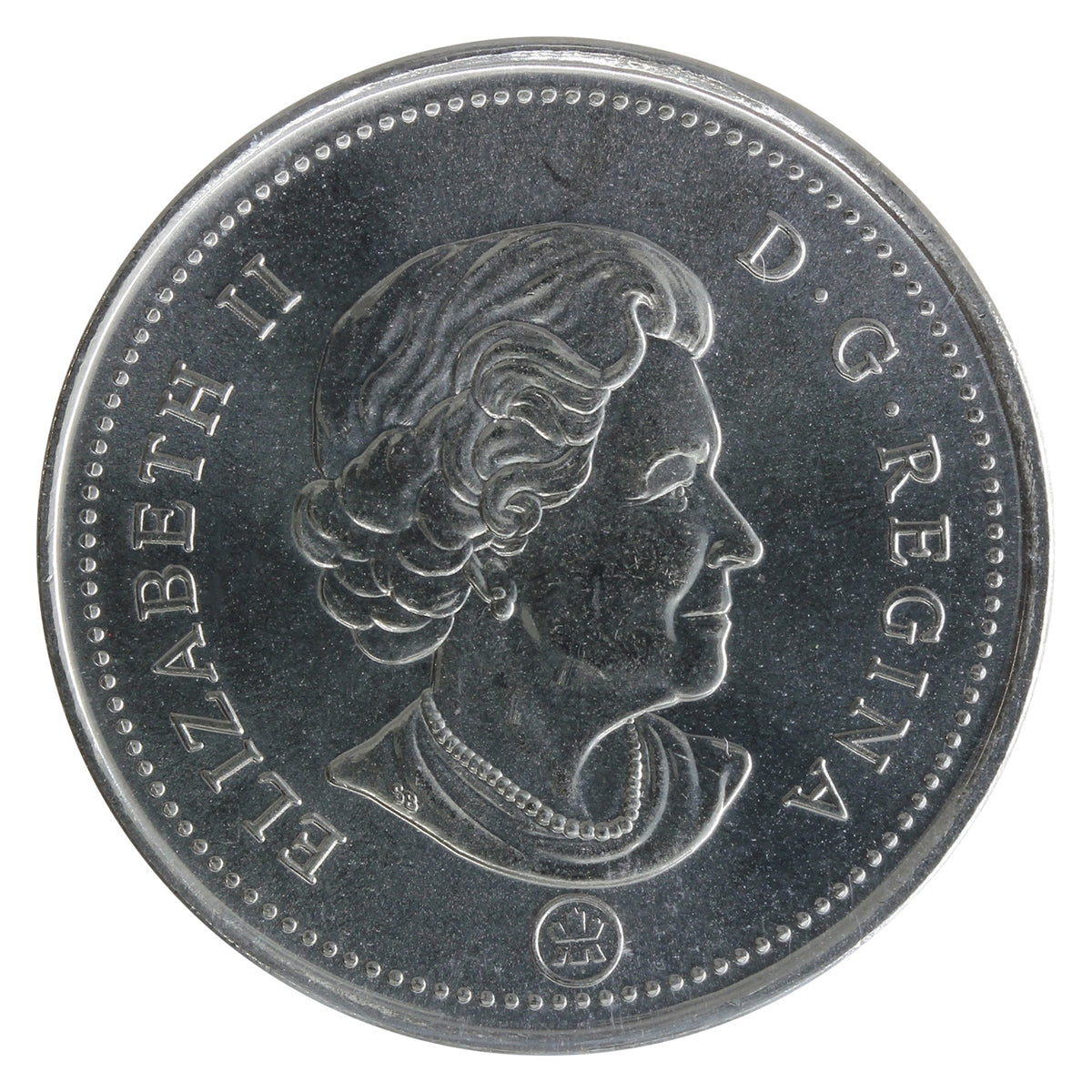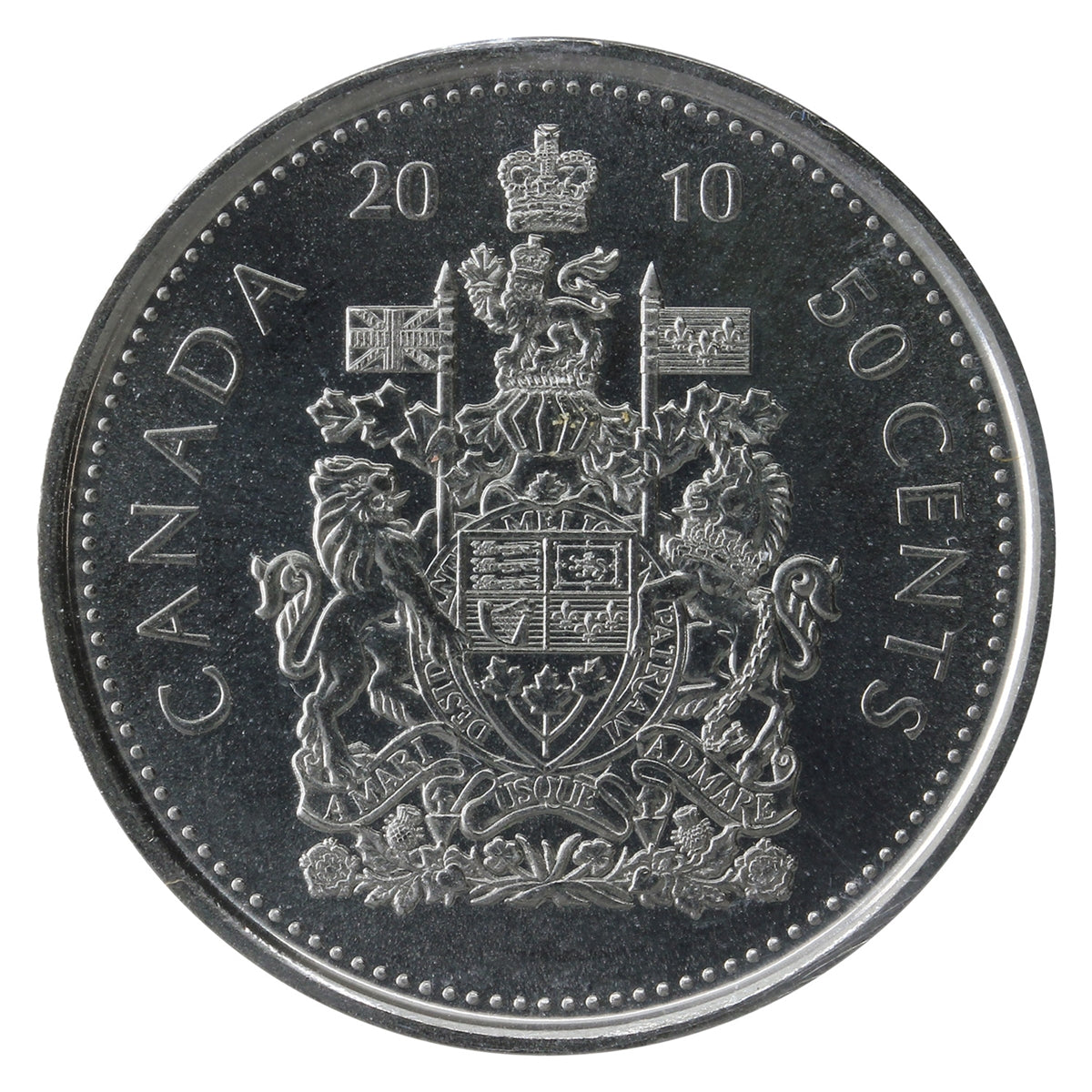Colonial Acres Coins
SKU: SKU:50-1256
2010 Canada 50-cents ICCS Certified MS65
2010 Canada 50-cents ICCS Certified MS65
Regular price
$20.00
Regular price
$25.00
Sale price
$20.00
Unit price
per
We buy at $0.00
◎ 2 Available
Couldn't load pickup availability

FREE SHIPPING OVER $500
2010 Canada 50-cents ICCS Certified MS-65















